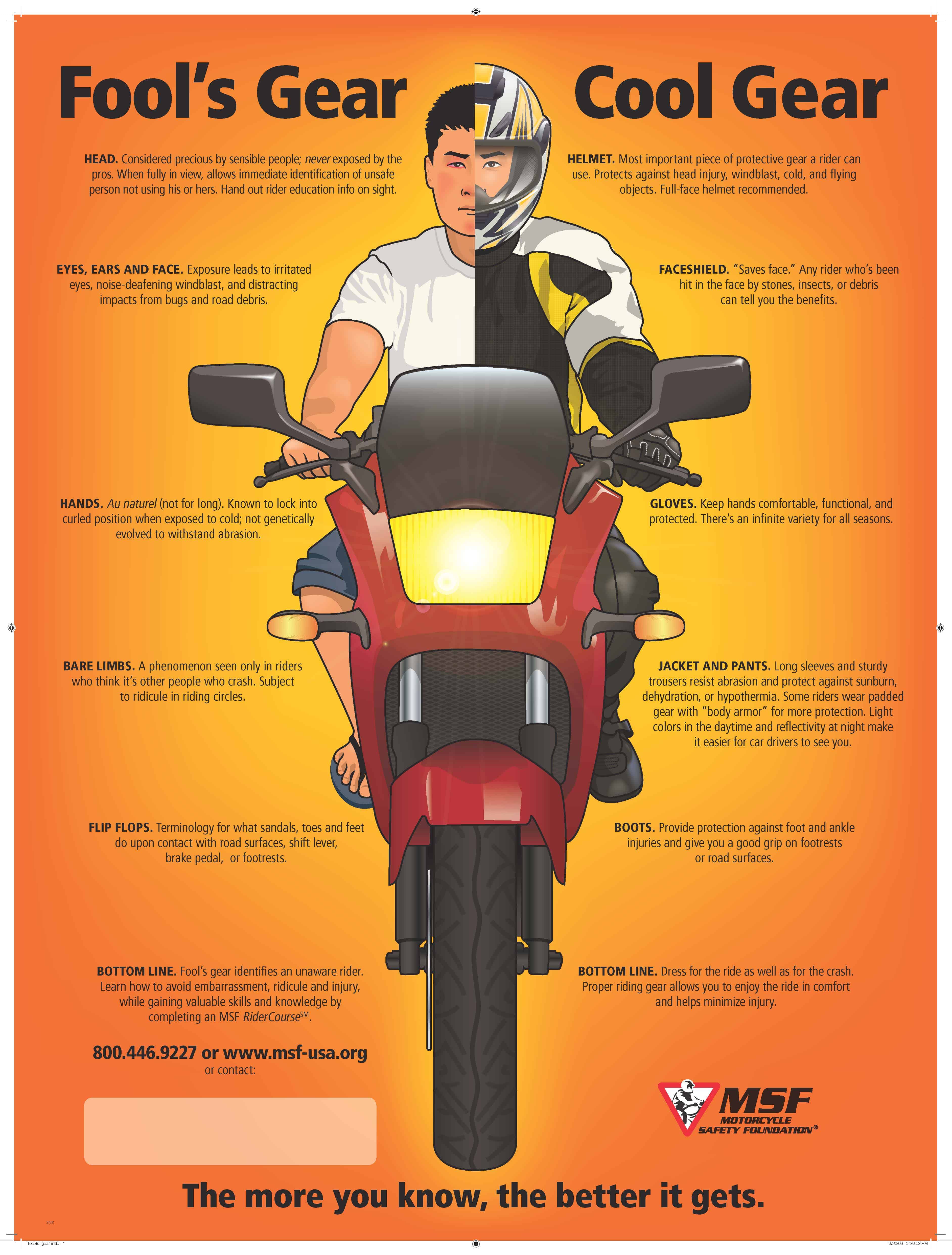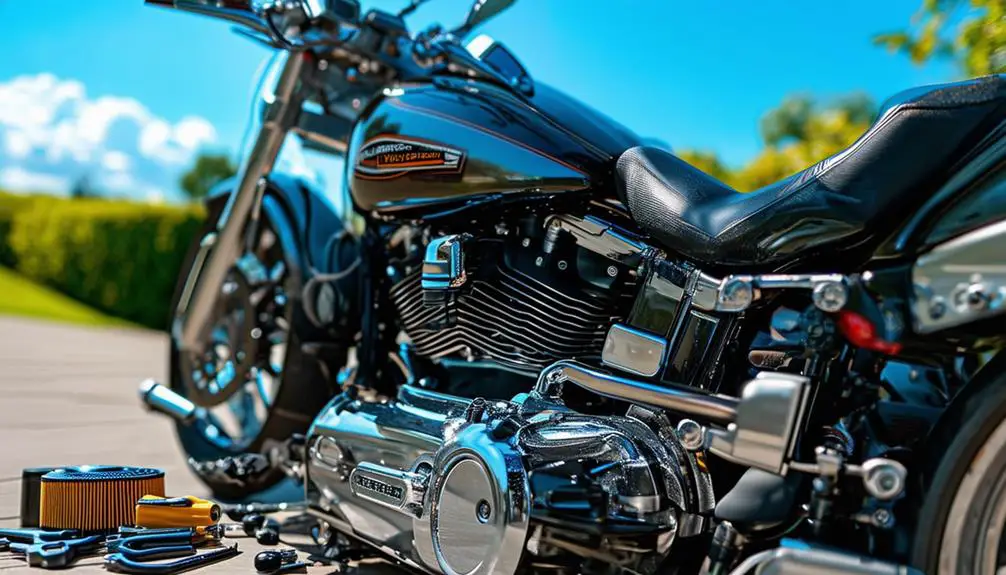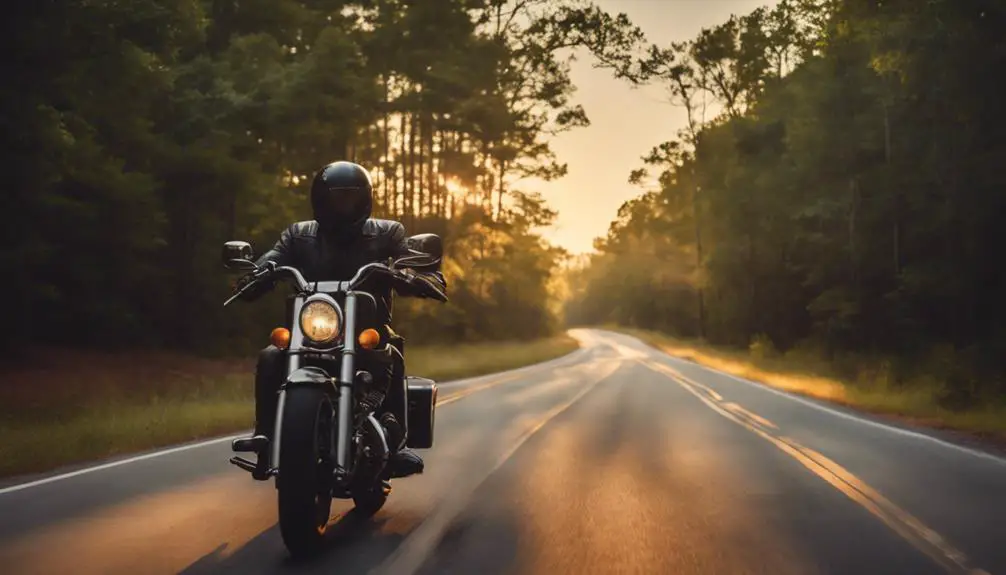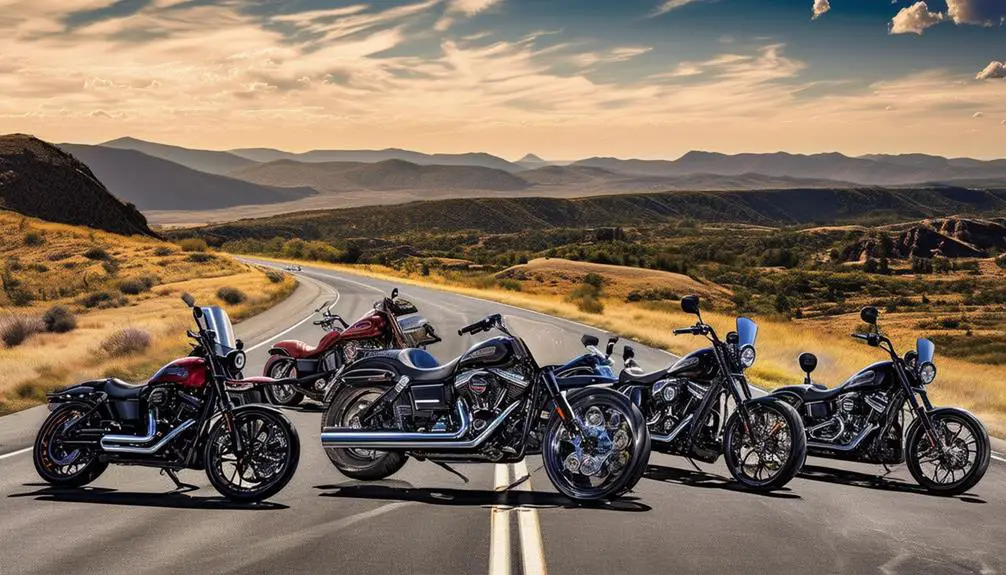Motorcycle Safety
Alright, we all know how to ride a motorcycle. Do we need a little refresher? Hell yes we do. (Updated 2021)
You already know how much fun riding a motorcycle can be. There’s nothing quite like the exhilaration of cruising the open road and the challenge of controlling a spirited motorcycle. But motorcycling also can be dangerous. The latest vehicle mile travel data show motorcyclists are about 27 times as likely as passenger car occupants to die in a motor vehicle traffic crash and 6 times as likely to be injured. Safe motorcycling takes balance, coordination, and good judgment. Here are some ways to ensure that you’ll be around to enjoy riding your motorcycle for many years to come.
Before You Take To The Road:
1. Make sure you are properly licensed
Driving a car and riding a motorcycle require different skills and knowledge. Although motorcycle-licensing regulations vary, all states require a motorcycle license endorsement to supplement your automobile driver’s license. To receive the proper endorsement in most states, you’ll need to pass written and on-cycle skills tests administered by your state’s licensing agency.
Some states require you to take a state-sponsored rider education course. Others waive the on-cycle skills test if you’ve already taken and passed a state-approved course. Either way, completing a motorcycle rider education course is a good way to ensure you have the correct instruction and experience it takes to ride a motorcycle. For the motorcycle rider-training course nearest you, call the Motorcycle Safety Foundation at www.msf-usa.org
2. Practice operating your motorcycle
Given the fact that motorcycles vary in handling and responsiveness, be sure to take the time to get accustomed to the feel of a new or unfamiliar motorcycle by riding it in a controlled area. Once you feel comfortable with your bike, you can take it into traffic. Make sure you know how to handle your motorcycle in a variety of conditions (e.g., inclement weather or encountering hazards such as slick roads, potholes, and road debris). If you plan to carry cargo or a passenger, be prepared to make adjustments to the tires, suspension, and placement of the load.
download the Basic RiderCourse℠ Handbook from the Motorcycle Safety Foundation
3. Be sure your motorcycle is safe
Before every ride, you should check the tire pressure and tread depth, hand and foot brakes, headlights and signal indicators, and fluid levels. You should also check under the motorcycle for signs of oil or gas leaks. If you’re carrying cargo, you should secure and balance the load on the cycle; and adjust the suspension and tire pressure to accommodate the extra weight.
If you’re carrying a passenger, he or she should mount the motorcycle only after the engine has started; should sit as far forward as possible, directly behind you; and should keep both feet on the foot rests at all times, even when the motorcycle is stopped. Remind your passenger to keep his or her legs and feet away from the muffler. Tell your passenger to hold on firmly to your waist, hips, or belt; keep movement to a minimum; and lean at the same time and in the same direction as you do. Do not let your passenger dismount the motorcycle until you say it is safe.
When You’re on the Road:
1. Wear the proper protection
If you’re ever in a serious motorcycle crash, the best hope you have for protecting your brain is a motorcycle helmet. Always wear a helmet meeting the U.S. Department of Transportation (DOT) Federal Motor Vehicle Safety Standard (FMVSS) 218. Look for the DOT symbol on the outside back of the helmet. That is the manufacturer’s way of certifying the helmet meets the DOT standard. A certified helmet also will have a permanent inside label identifying the manufacturer and providing information about the care and use of the helmet.
Helmets meeting FMVSS 218 weigh around three pounds; have a thick polystyrene-foam lining; and sturdy chinstraps. ANSI or Snell labels are voluntary indicators of helmet quality. Don’t leave your helmet behind on short trips because it could be a deadly mistake.
Some motorcycle helmets, in addition to offering protection to your head in a crash, include plastic face shields that offer protection from wind, rain, insects, dust, and stones thrown up from cars. If your helmet doesn’t have a face shield, be sure you wear goggles because eyeglasses won’t keep your eyes from watering, and can easily fall off.
Arms and legs should be completely covered when riding a motorcycle, ideally by wearing leather or heavy denim. In addition to providing protection in a crash, protective gear also helps prevent dehydration. Boots or shoes should be high enough to cover your ankles, while gloves allow for a better grip and help protect your hands in the event of a crash. Wearing brightly colored clothing with reflective material will make you more visible to other vehicle drivers.
2. Ride responsibly
Experienced riders know local traffic laws – and they don’t take risks. Obey traffic lights, signs, speed limits, and lane markings; ride with the flow of traffic and leave plenty of room between your bike and other vehicles, and always check behind you and signal before you change lanes. Remember to ride defensively.
The majority of multi-vehicle motorcycle crashes generally are caused when other drivers simply didn’t see the motorcyclist. Proceed cautiously at intersections and yield to pedestrians and other vehicles as appropriate. You can increase your visibility by applying reflective materials to your motorcycle and by keeping your motorcycle’s headlights on at all times, even using high beams during the day.
3. Be alcohol and drug-free
Alcohol and drugs, including some prescribed medications, negatively affect your judgment, coordination, balance, throttle control, and ability to shift gears. These substances also impair your alertness and reduce your reaction time. Even when you’re fully alert, it’s impossible to predict what other vehicles or pedestrians are going to do. Therefore, make sure you are alcohol and drug-free when you get on your motorcycle. Otherwise, you’ll be heading for trouble.








